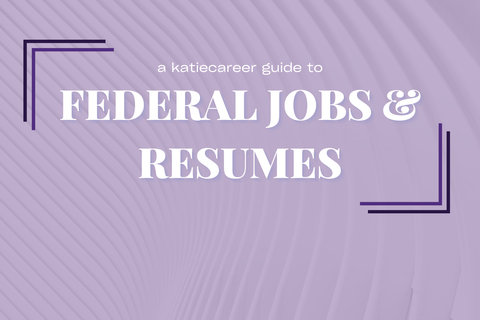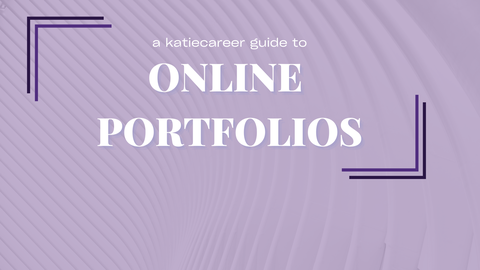Licensure & Certifications
When listing licenses and certifications, think about the ones that are relevant to the position, and/or show your unique qualifications.
Examples:
Minnesota Secondary Education Licensure (application pending)
Experiences
Student Teaching & Field Experience
If you are earning your first teaching certificate, this section is the most important one. State the school, location, and dates you worked. Include facts of your teaching assignment (e.g. number of students, number of students with IEPS, classes, grade levels, subjects). Fill in with details from the “Details to Highlight” section.
Teaching Experience
When you have gained certificates and teaching experience, change your heading title to “Teaching Experience.” State the school, location, and dates you worked. Include facts of your teaching assignment (e.g. number of students, number of students with IEPS, classes, grade levels, subjects). Fill in with details from the “Details to Highlight” section.
Details to Highlight
Address: Curriculum, instruction, assessment
- implementing your own lesson plans & topics presented
- how you worked with different learning styles
- work with diverse students
- communication with parents
- how you have managed student behavior
- specific technology you incorporated into your reaching
- class size, grade levels, subjects taught, level of courses (AP, Elective)
- lessons designed to meet standards
- measurement of progress
- creative ways you connected subject material with the students
Keywords to consider including:
special populations; mentoring; testing/assessment; classroom management strategies; methods of scaffolding, differentiating, reaching diverse learning styles, and promoting lifelong learning; specialized curricula, methods, and programs.






























